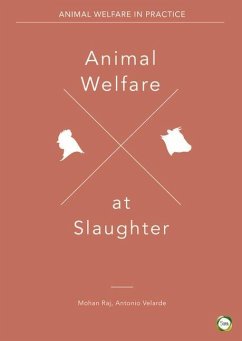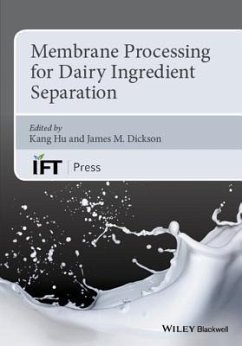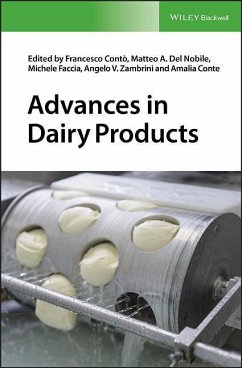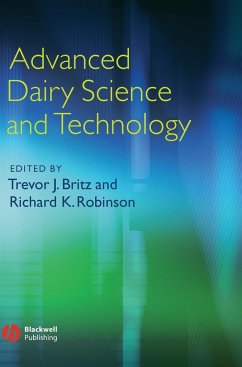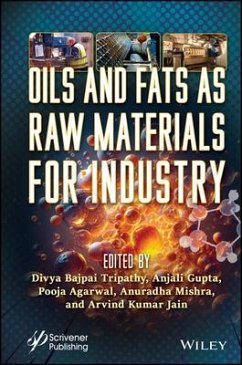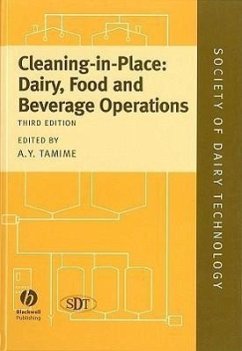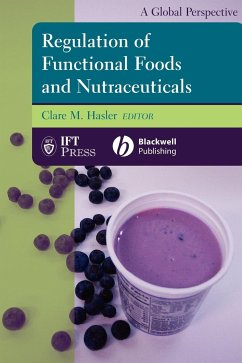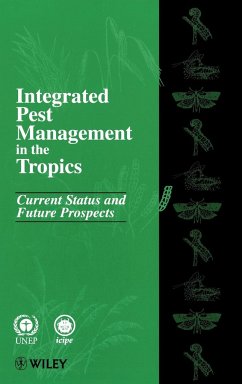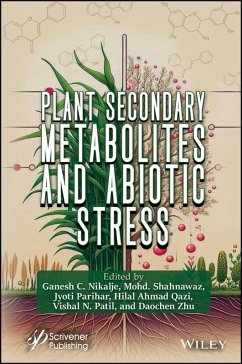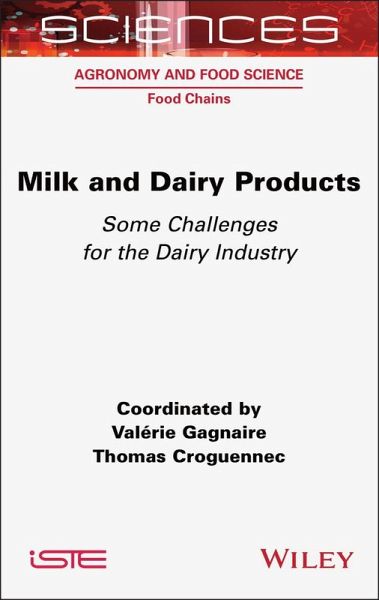
Milk and Dairy Products: Some Challenges for the Dairy Industry
Versandkostenfrei!
Versandfertig in über 4 Wochen
147,99 €
inkl. MwSt.
Weitere Ausgaben:

PAYBACK Punkte
74 °P sammeln!
Milk is considered a complete food, consumed at all stages of life. It is transformed into numerous products, fermented or not, as well as into a variety of ingredients, in order to preserve it or some of its constituents from a few days to a few years. This book addresses the innovations that deal with milk and the use of gentle techniques that best preserve dairy constituents. This book explores some of the current challenges facing the milk processing industry, namely: i) showing the advances in infant milk formula to best mimic breastfeeding and the in vitro models that study newborn diges...
Milk is considered a complete food, consumed at all stages of life. It is transformed into numerous products, fermented or not, as well as into a variety of ingredients, in order to preserve it or some of its constituents from a few days to a few years. This book addresses the innovations that deal with milk and the use of gentle techniques that best preserve dairy constituents. This book explores some of the current challenges facing the milk processing industry, namely: i) showing the advances in infant milk formula to best mimic breastfeeding and the in vitro models that study newborn digestion, ii) combining tradition and new consumer expectations on emblematic dairy products, such as yogurt and fermented milk products, iii) defining optimal cheese-making practices to control both cheese quality and yield, iv) outlining the current research approaches to meet "consum'actor" demands, as well as those dealing with v) the fouling and cleaning of dairy equipment in a context of increasingly constrained water and energy use.





